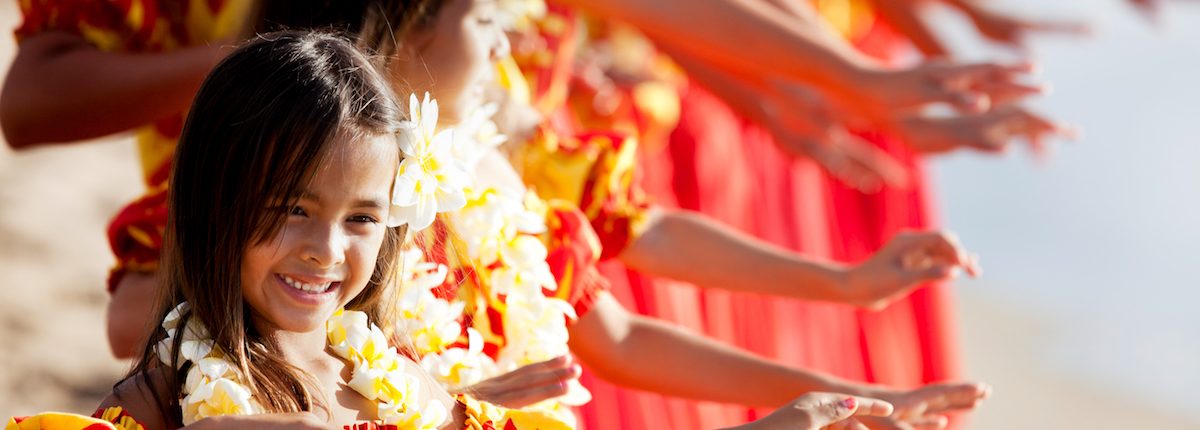Culture is an integral component of why Hawaii is so special. The customs, way of of life and spirit of Aloha weave their way into daily experiences, creating an air of peace and presence that is unparalleled in American standards. While Hawaii has undergone dramatic change and transitions within the last few centuries, the underlying substance of culture is still very much so alive. With a keen eye and open heart, you can feel it for yourself…
Since the Hawaiians never had a written language, the only way to pass down their history was through dance, song and chanting. This created importance for rituals, ceremonies and daily interactions to carry the legends and belief systems of their culture. Communities thrived and relationships prospered with strong threads of understanding that wove generations together.
From the foundation of strong communities and appreciation for life, rituals and ceremonies flourished as a way to celebrate life and express gratitude. Hula is one such example of ceremony. Hula is not only a ritual of beauty, it is also a way of life that ancient Hawaiians would dedicate their lives to. Each dance tells a story. Each movement portrays an action, feeling or emotion. Hula is a medium through which history has been passed along and the connection to life source is maintained.
Each fall on Kauai, the annual Eo e Emalani i Alaka‘i festival offers a wondrous display of hula and history in the pristine field of Koke’e State Park. Halau (hula groups) from across Hawaii gather to honor Queen Emma and her remembered journey up to The Alaka‘i Swamp in Kokee in 1871.
Emma made the journey up from her Lawai beach house with over 100 companions, eager for an adventure with their Queen. Along the way, she called for her court chanter to offer oli, great poems of appreciation for the magnificence of the region’s landscape and for its precious birds, trees and plants.

Attending a traditional Luau is another way to catch a glimpse of Hawaiian culture and entrancing hula. While there are many Luaus to choose from on Kauai, approach each one with a reverence and appreciation. For, it is not just a source of entertainment. Hula is a way of life.
Other ways to experience Hawaiian Culture are through the aina (Hawaiian for ‘the land’). Limahuli Botanical Garden and Preserve is one of the most biodiverse valleys in the Hawaiian Islands and home to dozens of endangered plants and birds found nowhere else on earth. A guided tour through this rare pu’uhonua (place of refuge) offers a window to what life was like for ancient Hawaiians. It also highlights the importance of preservation and honoring the rare ecosystem of Kauai.
The Rice Mill & Taro Farm Tour is an opportunity to visit Hawaii’s ONLY remaining Rice Mill. Tucked away in Kauai’s dramatically scenic North Shore, the Haraguchi Rice Mill is within a National Wildlife Refuge and not accessible to the public. Highlighting the cultivation and uses of taro, a traditional Polynesian food source, this tour provides a complementary picnic lunch featuring unique items prepared with taro grown on the very farm you visit.
Whether you attend a tour, a Luau, a festival or a Heiau (sacred site), do so with respect and reverence. For, beneath you feet is a land of ancient origin and before you is a culture rich with sacred meaning. There is no question that Kauai is a special place on earth and its culture is a part of what makes it so. With respect for the people, the land and the history, a door is opened to behold a sacred way of life.

